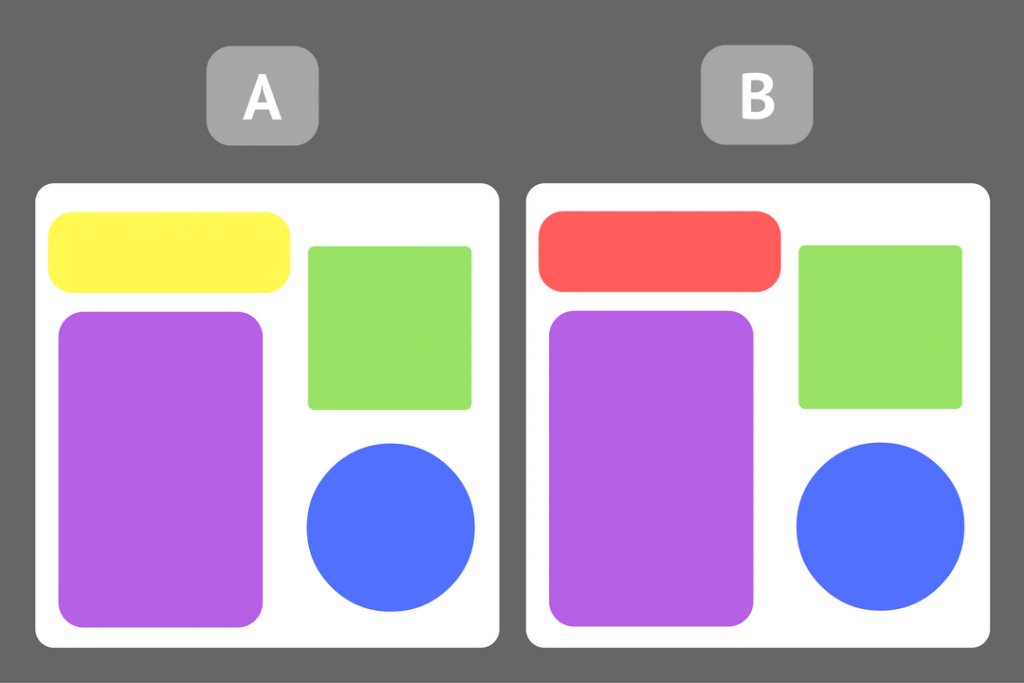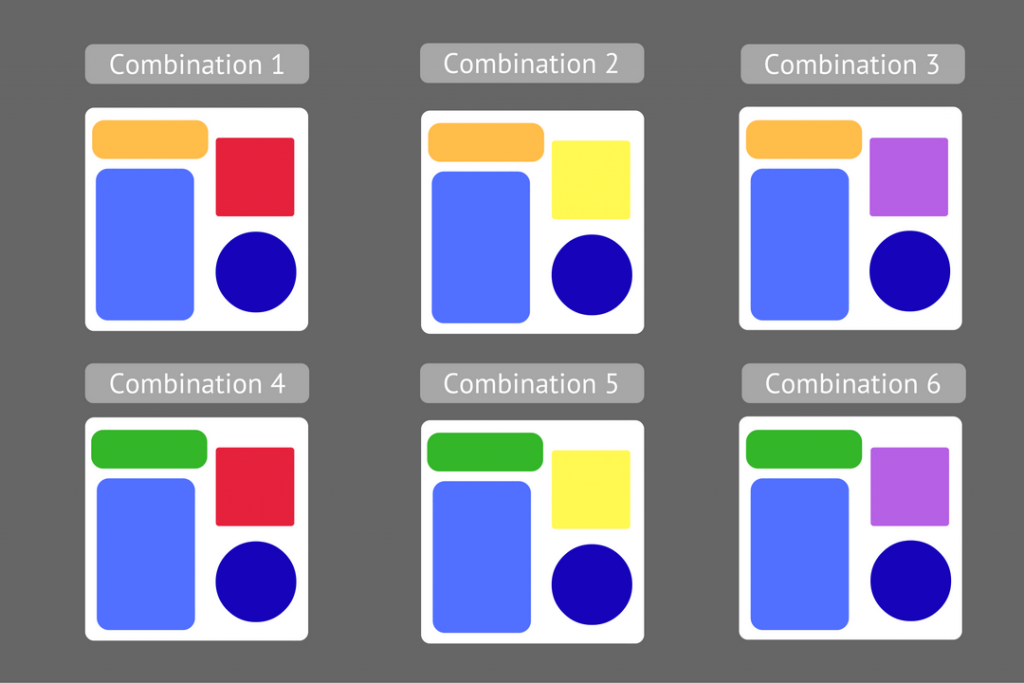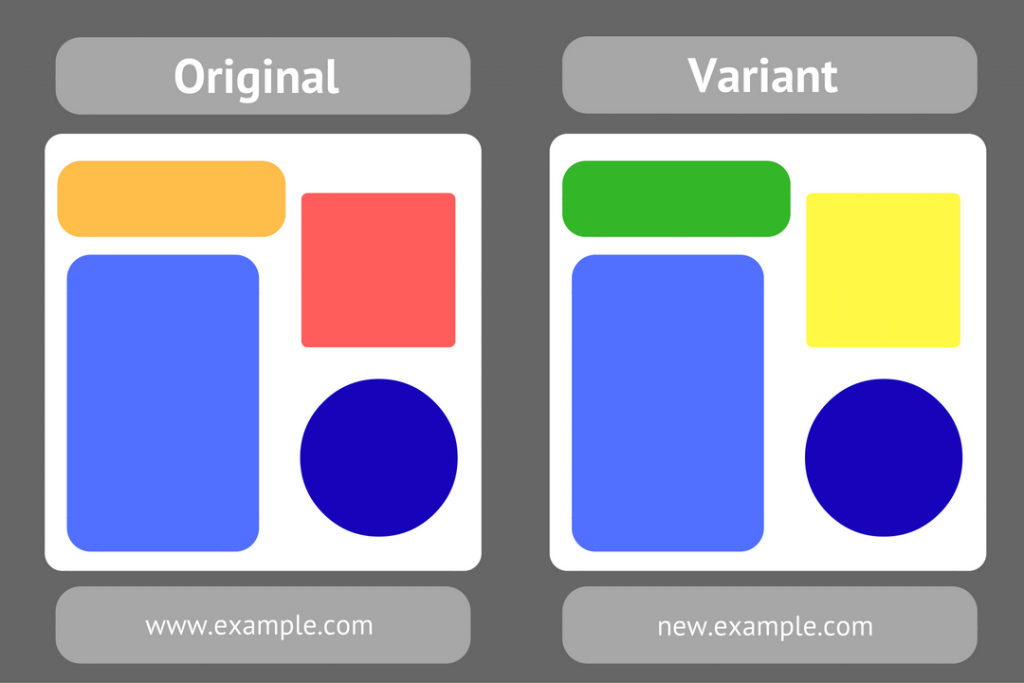Testing your website with Google Optimize
A few weeks ago an email from Google popped into my inbox, imploring me to accept an invite to try out Google Optimize. Sadly, as of this writing, Optimize has not yet been released, so I can’t provide a hands-on walkthrough of Google’s latest data powerhouse. However, I can offer a brief overview of what Optimize does and how you can benefit from all the testing possibilities it provides.
What is Google Optimize?
Google Optimize is a new analytics tool that allows you to quickly create, test and see the results of new online experiences through A/B testing. Optimize also allows you to conduct multivariate tests and redirect site experiments.
Optimize sits alongside Google Analytics, Tag Manager and other Google applications in the Analytics 360 suite. There will be both a free version of Optimize and a paid, ‘enterprise-level’ version available. As of the time of writing, both are in a beta state.
Usefully, it works alongside Google Analytics, meaning you can use Analytics data to identify areas of your site and then measure your site experiments against performance indicators in Analytics.
What is A/B testing?
A/B testing is a term for a randomised experiment with two variants (A and B). These variants could be two different versions of a webpage or a newsletter. Using a newsletter as an example, variant A is the control – the original newsletter you have been sending out for months – and variant B is essentially the same newsletter, but with a different design or altered content.

A/B testing is primarily used in marketing, so that ads are optimised to produce the most return on investment (ROI). Features that are usually tested using this method include:
- calls to action
- headlines
- alternative images or graphics
- copy
- formatting.
More examples of pages and features to A/B test can be found in the Google Optimize help pages from Google.
What is multivariate testing?
Multivariate testing (MVT) tests variants of two or more elements simultaneously to highlight the most effective variant of each element.
In concrete terms, say you wanted to conduct MVT on three different versions of a landing page. The three different landing pages have different headlines and images. MVT would be able to tell you which varying elements on each page were the most effective, as well as the overall success of the heading and images in each iteration.
So whereas A/B testing will tell you which landing page is the most successful, MVT will do that and then some, highlighting specifically the best combinations of media and text to use.
What are redirect site experiments?
A redirect test is a type of A/B test that allows you to test separate web pages against each other. Variants in these tests are identified by URL, rather than the content on the page itself.
Why conduct this type of testing?
The main benefit of A/B testing is that it removes guesswork. Instead of siding with personal preference when deciding on a certain colour choice or call to action, you go with what the end user prefers.
From the University of St Andrews’ perspective, having content that is tailored for users aligns strongly with our user-centred approach. Overall, it allows users to interact with content in a way that makes sense to them, rather than in a way that we want them to act. In this sense, A/B testing possesses many of the same benefits as usability testing and generally using data, rather than ‘gut instinct’ to make decisions regarding content and design.

